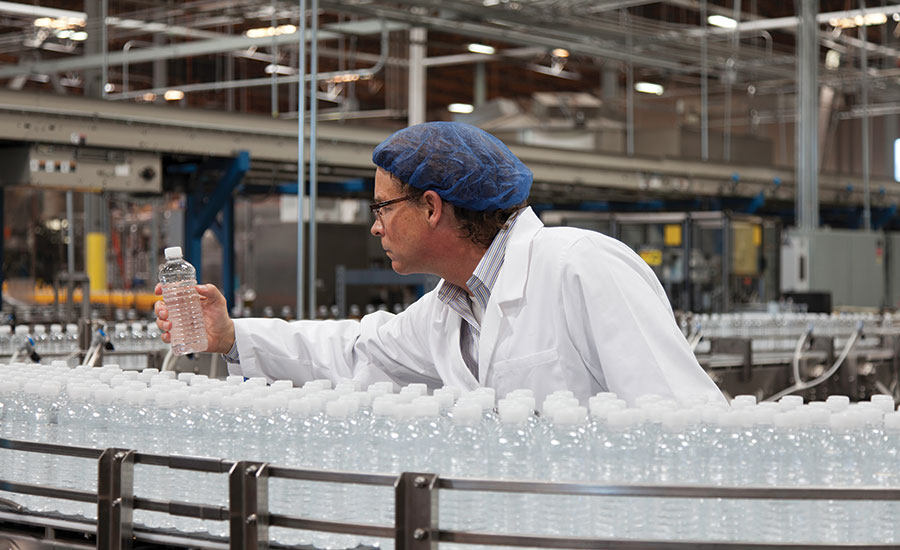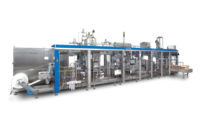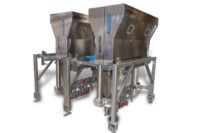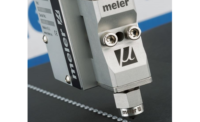Packaging engineers are often leveraged to solve complex problems for packaging departments. In addition to their own staff, companies often hire contract packaging engineers to mitigate spikes in standard workflow. Utilizing knowledge of packaging materials, components and processes, contract packaging engineers are often able to increase efficiency, improve production and in many cases save companies money.
My experience as a packaging engineer has given me the opportunity to solve challenging problems and facilitate improvements for the companies I’ve worked for. At one such company, I was able to evaluate and eradicate an efficiency problem that was causing a company a significant loss in production.
The challenge
When I started a new job as a packaging engineer at a company that manufactured and packaged dried fruits and snacks, I was informed that two of the plants had fairly new horizontal form fill seal (HFFS) pouch lines with efficiency issues. I was tasked with identifying the nature of the problem and devising a solution. The two lines were identical, and were supposed to be capable of running two sizes of pouches: 6-ounce and 12-ounce bottom gusset stand-up pouches.
The lines were designed to form, fill, and seal the 12-ounce size pouch simplex (one pouch at a time) and the 6-ounce size duplex (two pouches at a time). However, one of the lines had never successfully run the smaller pouch. Although the other line had the ability to run the smaller pouch, its efficiencies were well below what was acceptable.
The investigation
After speaking with multiple people within the organization about the lines, I spent time at the plant that was able to run the 6-ounce pouch. Prior to traveling to that location, I reviewed the film requirements for the new machines and found that they had a film repeat tolerance that was much smaller than that of other machines we had in our network. I spent time observing the line as it ran the smaller of the two pouch sizes, and inspected a number of 10-foot sections of film from multiple rolls of film, from different orders, production lots and production dates.
In preparing to inspect each section of film, I laid it out on a long, very flat conference table, taping one end of the film to the table. So I wouldn’t stretch it, I gently flattened the film to remove any wrinkles and waves, taping the film to the table as I went. Once the film was secured to the table, I measured the repeat from impression to impression with a digital caliper, and found that every fifth impression had a different repeat dimension than the other four. This happened consistently with film taken from different sections of the roll, and from roll to roll.
All of our pouch film was flexo-printed because we changed graphics fairly often, and flexo plates were far less expensive than gravure cylinders. The discrepancy I was seeing in the repeat dimensions was caused by plate break, the gap created where the two ends of the plate meet when it is mounted to the cylinder. The supplier tried different ideas to minimize the plate break gap, but the machine’s requirements were so tight it didn’t increase our line efficiency. I then decided to work with my counterpart in purchasing to identify film suppliers that would be able to provide us with film that met the machine manufacturer’s criteria.
The solution
After numerous phone interviews with potential suppliers, we identified seven companies we felt had the best chance of supplying us film that would run well on our lines. Line trials were set up over a two-week period for those seven companies. We allocated up to four hours line time per company. At the end of the two weeks, I tabulated the line efficiencies for each trial, as well as for the incumbent film.
Of the seven companies, two were successful with one having a slight edge over the other. The supplier that had the best results did not have issues with plate break, as they used in-the-round (ITR) cylinders, a cross between a gravure cylinder and a flexo plate, instead of traditional flexo plates. The ITR cylinder is a metal cylinder coated with a polymer that is engraved in the same fashion as a traditional flexo plate. What made this successful was the fact that ITR cylinders have no plate break, and therefore no variation in the repeat dimensions.
I reviewed the data and gave my recommendation to my purchasing contact who agreed. We then moved forward with mandating that film to make any 6-ounce pouch was to be purchased from the new supplier, and not the old supplier. Even if we were purchasing film for 6-ounce pouches that were going to be run at one of our facilities that did not have this brand of pouch line, it had to be ordered from the new suppler. Doing so would allow film at one plant to be deployed to another plant if needed, without the fear that we had the wrong supplier’s film going on that brand of machine.
Making this change had a significantly positive impact on line efficiencies when running the 6-ounce pouch. In fact, it allowed us to successfully commission the 6-ounce pouch on the line that had never been able to run it previously.
Within the dynamic environment of packaging engineering, companies are utilizing the expertise of a contingent packaging engineering workforce to rectify issues that fall outside the scope of their current staff.
Adept Packaging is a packaging engineering and consulting company providing services that cover the key technical and business needs of our clients. We specialize in the Pharmaceutical, Food & Beverage and CPG industries in North America and Europe. Adept is uniquely positioned with a deep technical capability and track record of successfully providing contract packaging engineers and professional services for packaging development and serialization.
For more information, visit adeptpkg.com.



